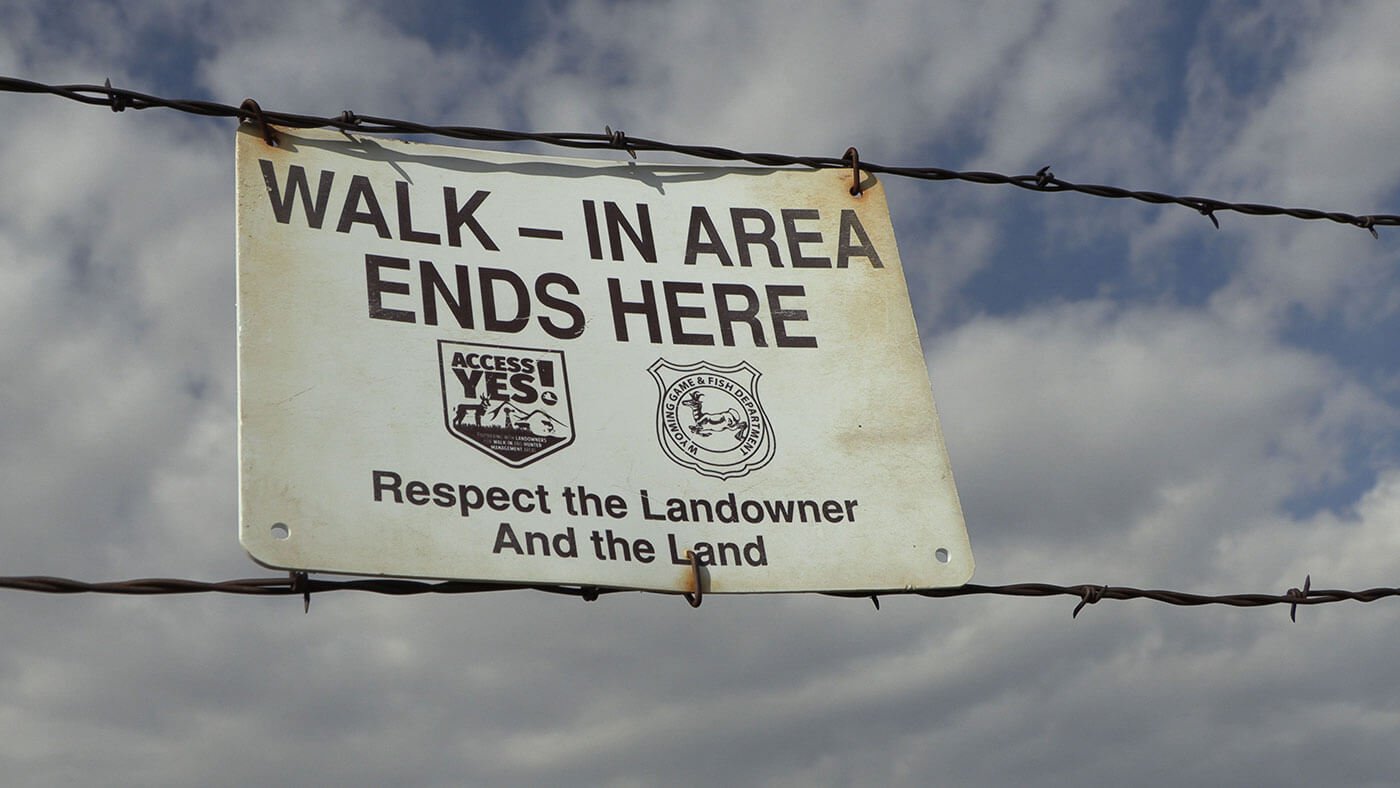- Savage Blog
- New Hunting Film Dives Deep into Public Access
New Hunting Film Dives Deep into Public Access

American sportsmen and sportswomen are blessed with 640-million-acres of public lands, most of which are open to hunting, shooting, and other forms of recreation. But anyone who has spent time exploring these vast areas, particularly in the West where mixed public and private land ownership stitch a confusing patchwork, knows firsthand how difficult it can be to access public lands. Paper Trails, a new film by the Theodore Roosevelt Conservation Partnership—developed alongside Eastmans’, onX, Savage, SIG Sauer, and Kenetrek—unpacks a never-before-told story about existing public access rights that are invisible to all but the most informed outdoor enthusiasts.

Presented in the iconic filmmaking style of Eastmans’ Hunting Journal and informed by the expertise of the Theodore Roosevelt Conservation Partnership, Paper Trails takes viewers to rural Wyoming, where Guy Eastman and Brandon Mason carry pronghorn antelope tags for two very different hunting units. Guy was lucky to draw a top tier and hard to acquire tag in a unit with large expanses of public land, while Brandon drew his hunt in a unit blanketed in private land and tricky to navigate public access. While Guy cruised through a seemingly endless expanse of public land, glassing nice bucks without the worry of access, Brandon was forced to do his research. Unfortunately, Brandon’s experience is similar to what an increasing number of people face when they want to hunt frequently and seek out tags with high-probability draw odds. Such units often have a mix of public and private lands and complicated access.

Recognizing that access challenges are something hunters confront every day doesn’t take much effort, but defining these challenges and offering answers is where the real work begins. Paper Trails seeks to uncover the plethora of issues surrounding public access and offers solutions that could help expand hunting opportunities on public land, including the recently passed MAPLand Act.

Brandon’s quest for access information takes the viewer to western offices of both the Bureau of Land Management and U.S. Forest Service, where the public land agencies hold thousands of obscure access easements that haven’t yet been digitized and made available to the public and mobile app makers. Brandon also meets with onX, the Wyoming Game and Fish Department, and a local rancher to paint a complete picture of the problems and solutions surrounding public access.

I am fortunate to join Brandon for part of the hunt, driving down dusty roads and digging into the details of public access. This includes shining a spotlight on county roads, BLM roads, and access easements—uncovering their complexity and importance for public access. Despite challenges, we see a lot of pronghorn antelope, find success, and have a great adventure along the way.
Watch Paper Trails today to see Guy and Brandon’s hunts and to get the scoop on public access and how you can get involved at trcp.org/public-access.
Joel Webster is the Vice President of Western Conservation at the Theodore Roosevelt Conservation Partnership, a national conservation organization working to guarantee all Americans quality places to hunt and fish. He writes from Missoula, Montana.

